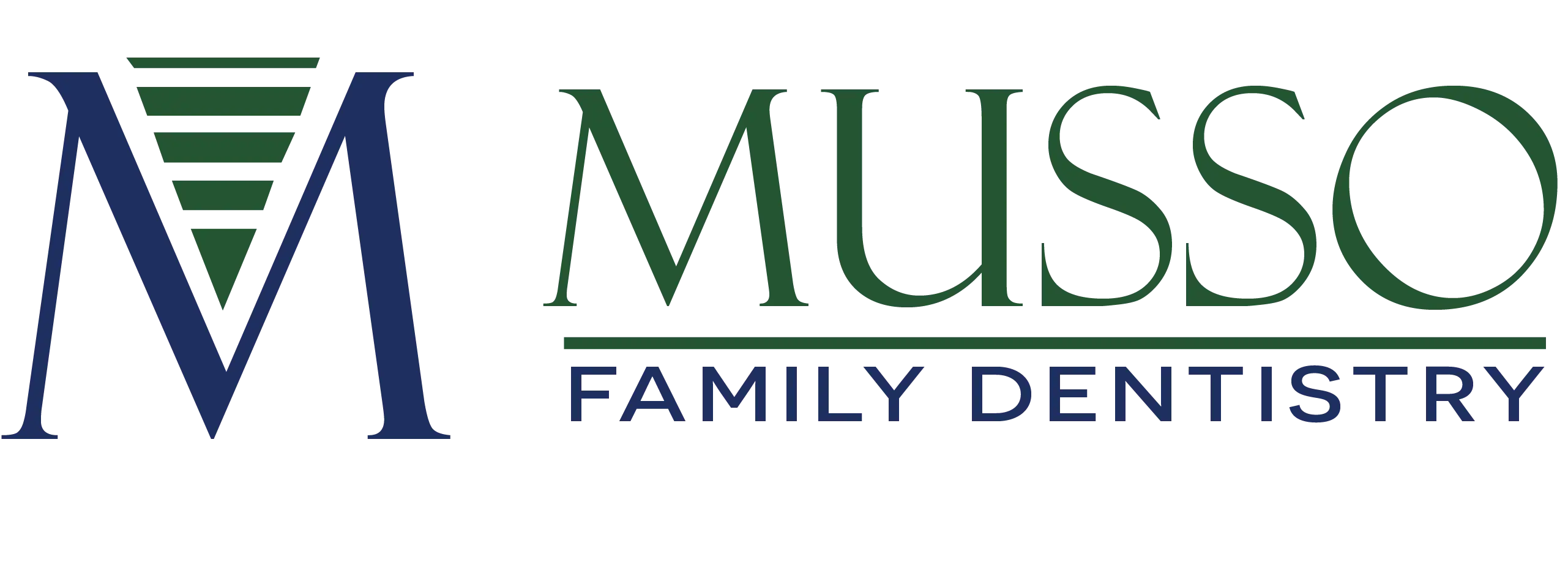Digital X-Rays
Digital X-rays in dentistry are advanced imaging techniques that use digital sensors instead of traditional photographic film to capture detailed images of the teeth, bones, and surrounding soft tissues. This technology provides numerous benefits over conventional X-rays, including reduced radiation exposure, faster processing times, and enhanced image clarity.
Digital X-rays allow our dentists in Garland, TX, to diagnose and monitor a range of dental issues, such as cavities, bone loss, and abnormalities in the jaw, with greater accuracy and efficiency. Their importance lies in their ability to provide high-quality diagnostic information while minimizing patient exposure to radiation, thereby improving the safety and effectiveness of dental care.
How Digital X-Rays Work
- Before taking a digital X-ray, the patient is prepared to ensure comfort and safety. This involves placing a lead apron over the patient's body to protect against any potential radiation exposure, though digital X-rays emit significantly lower levels of radiation than traditional X-rays.
- A small electronic sensor or phosphor plate is placed inside the patient's mouth. This sensor is designed to capture the X-ray image. The dentist positions the sensor to target the specific mouth area that needs to be examined.
- Once the sensor is in place, the dental professional activates the X-ray machine. The machine emits a controlled beam of X-rays that pass through the oral structures and are absorbed by the sensor. This process is quick, taking only a few seconds.
- The electronic sensor converts the X-rays into a digital signal. This signal is then sent to a computer, where specialized software processes the data and generates a digital image of the teeth, bones, and surrounding tissues.
- The digital image appears almost instantly on the computer monitor. The dentist can view, analyze, and manipulate the image immediately. They can zoom in, adjust the contrast and brightness, and apply various filters to enhance specific areas of interest. This instant feedback allows for real-time diagnosis and treatment planning.
- Digital X-rays offer superior imaging capabilities compared to traditional film X-rays. The high-resolution images can be easily magnified and enhanced for better clarity. The dentist can detect minute details that may not be visible on standard X-ray films, such as tiny cavities, hairline fractures, or early signs of gum disease.
- The digital format of these X-rays allows for easy storage in electronic health records. This ensures that patient records are kept organized and can be accessed quickly during future visits. Additionally, digital images can be easily shared with other healthcare providers, specialists, or insurance companies via email or secure online platforms, facilitating better collaboration and continuity of care.
- One of the significant advantages of digital X-rays is their ability to enhance patient education. The dentist can show patients the digital images on a screen, explaining any issues and discussing treatment options. Visual aids like these help patients better understand their oral health conditions and make informed decisions about their care. Contact us today to learn more.
The Applications of Digital X-Rays
Diagnosis of Dental Caries (Cavities)
Digital X-rays in Garland, TX, are crucial for detecting dental caries, especially those not visible during a routine visual examination. By capturing high-resolution images of the teeth, digital X-rays allow our dentists to identify cavities in their early stages, including those between teeth or beneath existing restorations. Early caries detection enables timely intervention, such as filling or restorative treatments, preventing further decay and damage.
Assessment of Bone Loss
Digital X-rays are used to assess the level of bone loss around the teeth, which is a common sign of periodontal disease. The images provide detailed views of the bone structure, helping our dentists evaluate the extent of bone loss and monitor the progression of periodontal disease over time. This information is vital for planning appropriate treatments, such as scaling and root planing or more advanced periodontal therapies.
Evaluation of Root Canals
Digital X-rays are essential for visualizing the tooth's root structure and surrounding tissues when a patient requires a root canal treatment. These X-rays help our dentists identify the number and shape of the root canals, locate any possible obstructions or infections, and assess the success of the treatment. Post-treatment X-rays are also used to confirm that the root canal has been properly sealed and the infection has been resolved.
Planning for Dental Implants
Before placing dental implants, digital X-rays are used to evaluate the jawbone's density and structure. The images help determine whether there is sufficient bone volume and identify the optimal placement for the implants. This pre-surgical assessment is crucial for successful implant placement and long-term implant stability. In some cases, additional imaging techniques like 3D cone beam CT scans may be used for more detailed planning.
Detection of Impacted Teeth
Digital X-rays are instrumental in identifying and assessing impacted teeth, such as wisdom teeth that have not fully erupted or are misaligned. These X-rays provide a clear view of the position of the impacted teeth, their relationship to adjacent structures, and potential complications. This information is essential for planning extraction or other necessary interventions.
Monitoring Orthodontic Treatments
Digital X-rays are crucial in monitoring progress and making adjustments for patients undergoing orthodontic treatment. They help track tooth movement, evaluate bite alignment, and assess changes in bone structure. Regular X-rays during orthodontic treatment allow for timely adjustments to ensure the treatment progresses as planned.
Digital X-rays are vital in modern dentistry, offering improved diagnostic capabilities, reduced radiation exposure, and enhanced patient care. Visit Musso Family Dentistry at 513 W. Centerville Rd, Garland, TX 75041, or call (972) 840-8477 to schedule your appointment now and discover the benefits of digital X-rays for yourself.
Braces
Clear Aligners
Botox
Cosmetic Dentistry
Dental Implants
Sleep Apnea Therapy
Dental Veneers
Dental Technology
Chairside Monitors
Cone Beam CT Imaging
Intraoral Cameras
iTero® Intraoral Scanner
Panorex X-Rays
Your First Visit
Dental Cleanings and Exams
General and Family Dentistry
Wax-Up Tooth Models
Night Guards
Tooth-Colored Dental Fillings
Dentures and Partials
Dental Crowns
Dental Bridges
Restorative Dentistry
Orthodontics
Root Canal Therapy
Periodontal Therapy
Oral and Systemic Health
Pediatric Dentistry
Snoring Therapy
TMJ Therapy
Sedation Dentistry
Products
Tooth Extractions
Smile Makeover
Teeth Whitening
Tooth Contouring
Dental Bonding
Visit Our Office
Office Hours
- MON7:00 am - 4:30 pm
- TUE7:00 am - 4:30 pm
- WED7:00 am - 4:30 pm
- THU7:00 am - 4:30 pm
- FRIClosed
- SATClosed
- SUNClosed

